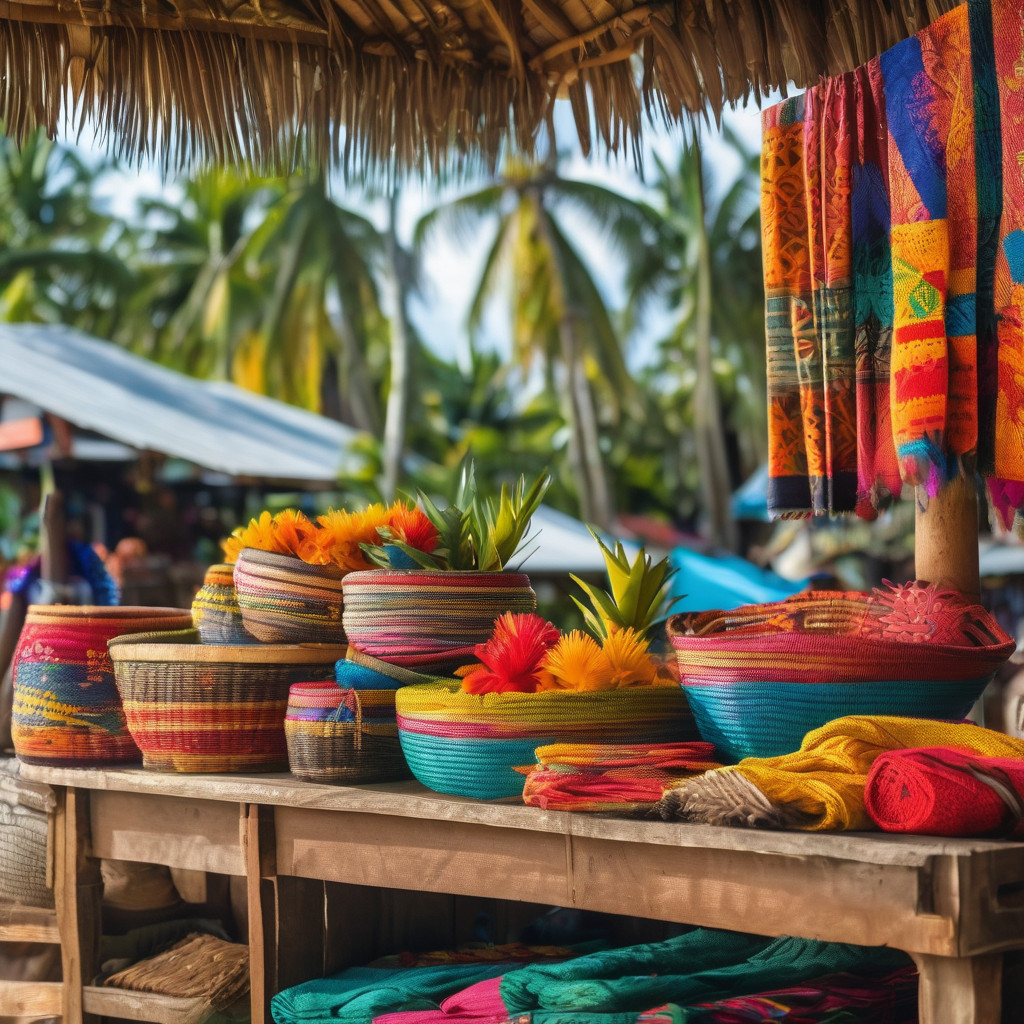Deputy Prime Minister and Minister for Finance, Professor Biman Prasad, has recently announced new policy initiatives aimed at bolstering tourism activities in various towns and cities throughout Fiji. These measures are designed to help retain a larger share of the tourism dollar within the country, thereby benefiting local communities and businesses.
In his statement, Professor Prasad acknowledged the inevitability of some revenue leakage within the tourism sector but stressed the government’s commitment to increasing the proportion of spending that remains in Fiji. He emphasized, “The tourism dollar is spread more effectively, and a higher percentage of it stays in the country.” This initiative reflects a comprehensive approach that includes the encouragement of locally owned tourism enterprises, establishing stronger connections between hotels and local suppliers, and enhancing infrastructure in urban centers to attract both domestic and international visitors.
These plans align with previous efforts announced by tourism and finance officials, wherein there has been a significant emphasis on enhancing local governance and efficiency among town councils. Improved management and infrastructure, as outlined in earlier discussions, are essential for supporting Fiji’s tourism sector and ensuring timely project delivery. This multifaceted strategy comes on the heels of a successful two-day visit to Kadavu by Professor Prasad, where he consulted with local communities about their challenges, particularly in the realms of tourism and agriculture.
Similar initiatives have been highlighted by Minister for Tourism, Viliame Gavoka, who called attention to the importance of empowering small and medium enterprises (SMEs) in the tourism sector. According to Gavoka, local entrepreneurs are crucial in maximizing the benefits of tourism across Fiji, emphasizing that “tourism is not just for the operators; it’s for everyone.” His remarks echo the government’s aim to create a more inclusive tourism economy that uplifts all communities, addressing long-standing disparities in tourism income distribution.
The government’s dedication to fostering community engagement in tourism is promising, as it seeks to ensure that the diverse regions of Fiji can benefit from this vital sector. With ongoing dialogue with local stakeholders and significant investments in infrastructure and services, there is newfound optimism about a sustainable and prosperous future for Fiji’s tourism landscape.
Collectively, these initiatives present a hopeful narrative, showing promising steps towards improved economic resilience and community empowerment through the tourism industry. By prioritizing local participation and sustainable practices, Fiji can look forward to a brighter, more equitable economic prospect for all its citizens.
